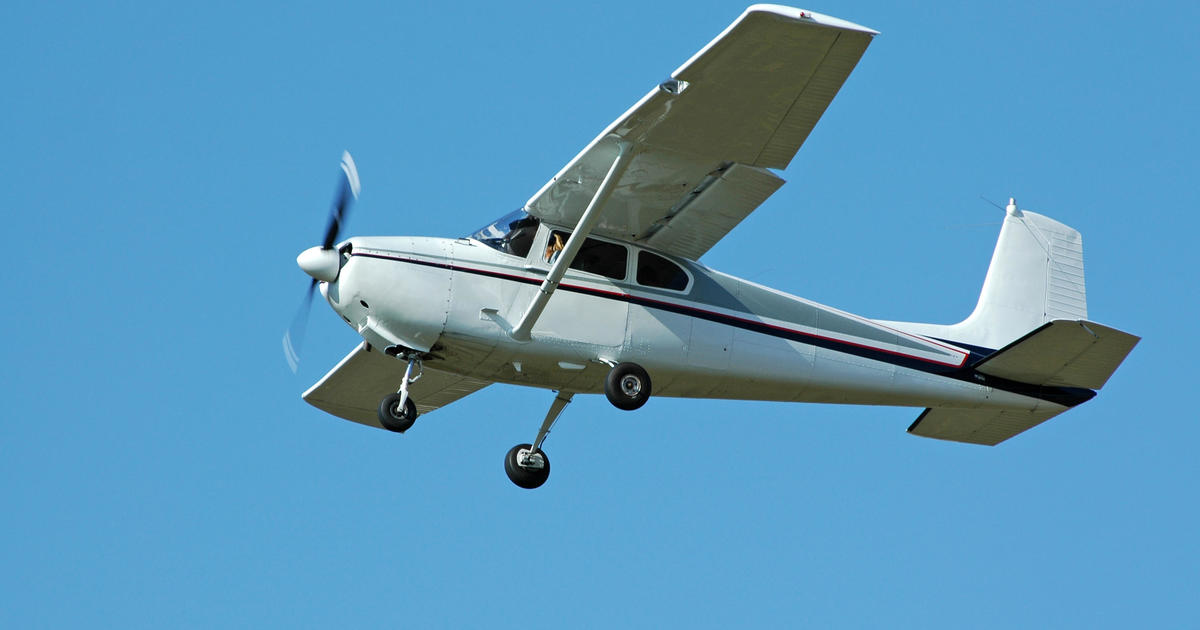The Federal Aviation Administration (FAA) is investigating a near-miss incident involving an American Airlines Boeing 737 and a Cessna 182 near the Austin-Bergstrom International Airport (AUS) on Wednesday morning. The incident occurred as the American Airlines flight was approaching the airport to land, with 122 passengers and six crew members on board.
A Near-Miss at Austin Airport
The Cessna 182, a single-engine aircraft, unexpectedly entered the flight path of the American Airlines 737, prompting an alert in the Boeing’s cockpit and causing the pilots to take evasive action. The two aircraft came within approximately 350 feet of each other, prompting a “Resolution Advisory” (RA) alert from the American Airlines 737’s Traffic Collision Avoidance System (TCAS).
Pilot Response and Air Traffic Control Communication
The American Airlines pilots responded to the TCAS RA within the recommended five seconds. However, their response, which involved turning towards a third plane, a small private jet, resulted in a loss of separation between the American Airlines 737 and the private jet. Air traffic controllers immediately intervened, directing the private jet to change course and ensure separation between the two aircraft.
A Sequence of Events Leading to a Near-Miss
This near-miss incident is a chilling reminder of the dangers of potential collisions in the air. While both the American Airlines 737 and the Cessna 182 were ultimately able to land safely, the near-miss highlights the importance of maintaining a safe separation between aircraft. This incident comes at a time when the FAA is already conducting an audit of runway incursion risk at the nation’s busiest airports, following another incident involving two Southwest Airlines planes at San Diego International Airport in late May.
The Dangers of Runway Incursions
Runway incursions, incidents where aircraft or ground vehicles enter the wrong portion of the runway, are a major concern for aviation safety. These incursions can lead to collisions, runway overruns, and other serious incidents.
FAA Response to Increasing Runway Incursions
The FAA has initiated an audit of runway incursion risk at 45 of the nation’s busiest airports. This audit will review procedures, equipment, and processes to identify any potential gaps in safety measures. The FAA acknowledges that, despite a significant decline in overall runway incursion incidents, even a single event is unacceptable.
Recent History of Close Calls at AUS
The Austin Airport has experienced a number of near-misses in recent months, highlighting a potential need for heightened attention to safety protocols and procedures.
Previous Incidents in Austin
Last February, a FedEx Boeing 767 and a Southwest Airlines 737 came within 150-170 feet of each other on the runway while landing in foggy conditions. The NTSB investigation determined that the local controller mistakenly assumed the Southwest flight would depart before the FedEx flight arrived, leading to a loss of separation between the two aircraft.
Take Away Points
This recent near-miss in Austin, along with the previous incident involving FedEx and Southwest flights, underlines the importance of vigilance in aviation safety. The FAA’s current audit, focusing on runway incursion risk, is a vital step in enhancing safety measures. The ongoing efforts to prevent similar incidents from occurring in the future will involve:
- Stricter adherence to established procedures and protocols
- Enhanced communication between air traffic control and pilots
- Increased training and awareness for all aviation professionals
Despite these ongoing efforts, it is critical for pilots and air traffic control to continue their commitment to maintaining a safe environment in the skies, while maintaining a vigilant and proactive approach to prevent similar incidents in the future.




